The words “full moon” in many languages

It is said that there are more than 6,000 languages worldwide (this is hard to imagine) and it is a fascinating concept to think, there are probably as many words for “full moon”.
Here we begin our little journey to the full moon. A few words about the fascinating quest of the greater purpose, that includes the full moon circulating through our lives. In layman’s terms and not always scientific (astronomy experts – don’t look too closely!). We would like to wish you illuminating moments. Enjoy!


It is said that there are more than 6,000 languages worldwide (this is hard to imagine) and it is a fascinating concept to think, there are probably as many words for “full moon”.
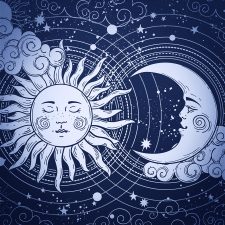
A full moon is when the Sun and the Moon are facing opposite, being in opposite direction from an Earth perspective.
This might feel astonishing if one imagines that the Moon is on one side, the Sun on the other and the Earth in between? Shouldn’t the Earth throw a shadow onto the Moon? Bingo – this is exactly what she does! But only when the Moon is exactly on the Earth orbit, the so called “ecliptic”. When this takes place, we speak of a lunar eclipse!
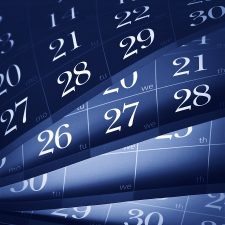
The Moon needs 27.33 days to circle around the Earth. Something that is also referred to as “sidereal time”. But because the Earth orbits the Sun, just like the Moon orbits the Earth, the Moon has to travel two further days in order to resume the same position to the Earth and Sun. This is then called the “sidereal time”. In order to determine the point of time of the reoccurring full moon, the sidereal time serves as basis.
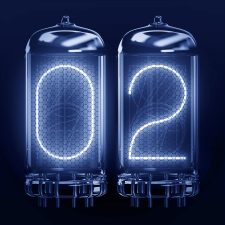
We already know now that the moon month is mostly shorter than the calendar month, being on average approximately 29.5 days. If full moon falls on the first or second of a month, it is possible that another full moon occurs in the same month, for instance in July 2004:
Friday, 2 July 2004, 01:08:54 pm
Saturday, 31 July 2004, 08:05:06 pm
This event is also known as “blue moon”.
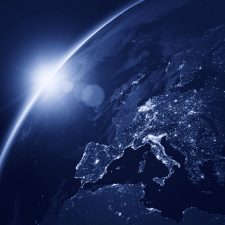
The answer is: “everywhere at the same time”. This refers to the so called Universal Time (UT) though, which is used for general astronomical events. We have already learnt that full moon is an astronomical event, where the moon, sun and the earth play a role by being in a specific position. So, full moon takes place at a specific time in the outer space. This point of time is specified by astronomers namely by the Universal Time.

There are multiple ways of approaching this question. If we look at it from a purely theoretical standpoint, we might be tempted to say that the full moon is infinitely short, since the phases of the moon are changing continuously. The moon is not yet quite full shortly before the full moon, and is already waning shortly afterwards.
However, there is a practical aspect that lets us quantify the full moon as a finite and measurable span of time: Since the Sun is significantly bigger than the Moon, its rays are able to reach just a little over half of the Moon’s surface. This means that the timespan in which the visible side of the Moon’s surface is irradiated (as seen from Earth) is longer than infinitely short.

Whether scientists, astrologers or esoterics, they agree on one thing: the moon influences earth and life on earth. For instance, it regulates the tides through its magnetism. Also continents feel the consequence of this magnetism and either raise or lower their position sometimes up to 26 cm.

In nature it is a known fact: for some animal species, mating takes place at full moon. However, the examples that can be found on this subject are rather simple. Full moon serves in some cases indirectly as the cause (for instance through the high water levels during the tides that the horseshoe crab uses to deposit its eggs) or also as the signal for both sexes of a species to begin at the exact same time to safeguard their future existence (a particular type of fly or also corals). It is understood that also wolves are led by full moon when it is time to mate.

… that people are looking for an argument at full moon or are especially happy …
… that if full moon is surrounded by a haze, a person dies …
… that you raise your hat three times to the moon (being a man) or you make a curtsey (being a woman), in order to protect yourself from misfortune until the next full moon …
… that whoever does not chink glasses with full moon at least once, does not deserve any happiness [Greek toast] …
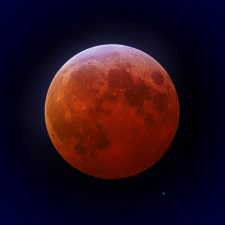
During a lunar eclipse, the Moon moves through the shadow of the Earth. Which means, that the Earth is positioned quite exactly between the Sun and Moon and casts its shadow onto the Moon. This is only possible at full moon and if some other requirements are met. Depending on whether the moon passes the partial or the core shadow of the Earth, we speak of a partial or total lunar eclipse.
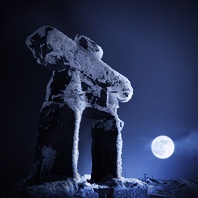
When taking a look at the Inuit [*] in the far north, you will find astonishing myths about the full moon. The Inuit live along the Arctic Ocean from the north east of Russia to Greenland and Canada, where coldness reigns. The culture is imprinted by an archaic consciousness, life is interwoven with legends that were never written down, due to harsh living conditions, but only passed down by word of mouth.

A moon bridge is a pedestrian bridge, of which the semicircular arch completes a full circle through its reflection in the water and reminds of the full moon. In the old days, the high arch especially, served the purpose for barges to comfortably pass through underneath. Moon bridges originate in the Asian culture and were often built in Japanese and Chinese gardens. The mostly used materials were wood, stone and metal.
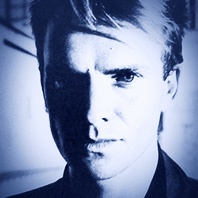
In his first solo album »The Dream of the Blue Turtle« from 1985, Sting published the Song »Moon over Bourbon Street«, which is not just about the Moon. He sings about the existence as a vampire, which he had turned into years ago, and which condemned him to follow passers-by in this street, in the moonlight and the pale lamplight …
It is characteristic for this song that it spares the bloody part of the crime and only leaves an indirect description. The word vampire is also not mentioned, however, it is clearly focused on, for example in the following line: »… you’ll never see my shade or hear the sound of my feet …«

Moonlight is with only 1 lux brightness a thousand times weaker than the sun light with more than 100,000 lux. Nevertheless, you sometimes get the feeling that it is so bright in the full moon that you should be able to read. We would like to give this a try and invite all full moon friends to start on a small reading test in the full moon light and to report back the results.

Times and times again, you read about the possibility to purchase lunar property. Is this to be taken seriously or more of a gimmick or a clever sales idea? If looked at more closely, some astonishing details are coming to light …
When the manned space flight started in the 60s and a trip to the Moon became more likely, nations tried to regulate the topic such as ownership in space, and created an »Outer Space Treaty« in 1967, which prohibits states to use space or its celestial bodies for self-serving or military purposes. This treaty was signed by 98 states, amongst them the superpowers, at the time USA and Soviet Union.
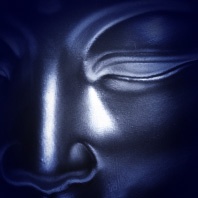
Today is full moon and for many Buddhists this is a special day, because the Vesak holiday is celebrated worldwide. According to tradition, Buddha was born on full moon in May, later became enlightened and also passed away on this day. This is how this day is honoured in countries like Singapore, Vietnam, Thailand, Indonesia and also in India, Nepal, Sri Lanka and many more. And above all of this, the full moon shines.

The terminology »void of course« Moon (VOC), refers to a specific duration of time in astrology, during the Moon’s passage through the signs of the zodiac. To this, the basic conditions are created by the so called »aspects« of the Moon, which refers to its connection to other planets in the sky. For example, when the Moon and another planet are opposite to each other, it is called »opposition«. Further important aspects are »conjunctions« (next to each other), »square« (angular distance 90°), »trine« (120°) and »sextile« (60°). So when the Moon passes through a zodiac, various of these aspects surface. After approximately 2.5 days, the Moon changes into the next zodiacal sign, to create new aspects again. The phase between the last aspect in the current zodiac and the transition to the next zodiac is called »void of course / VOC«. The length of this void of course can take anything from two minutes up to two days.

One obviously has the night sky before one’s eyes when thinking of the full moon. In reality, however, the event »full moon« has nothing to do with the fact whether it is night or day for us. The full moon occurs when Sun – Earth – Moon form a line in space and exactly in this order. The Earth lies in fact between the Sun and the Moon. Depending on what time this happens, it is night on the hemisphere that is turned away from the Sun and you can see the Moon in the sky. But on the hemisphere that is turned towards the sun it is daytime at this point and the full moon cannot be seen, because when observed from this position it is actually behind the Earth.
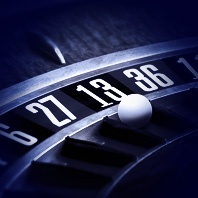
Today is Friday 13th and we wanted to take a look at, whether it is considered lucky and what this has to do with the full moon. Interestingly enough, the interpretation of the number 13 has developed in various directions in different countries and cultures and you can find as many examples for bad luck, as much as the ones that promise good luck, albeit diverse interpretations exist.
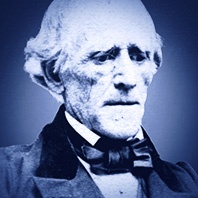
Inspired by his trip to the coast of Maine, USA, the American artist and lithographer Fitz Hugh Lane (1804–1865) – aka Fitz Henry Lane – created the full moon painting »Fishing Party«, in 1855. He was a representative of the American luminism, a painting style characterized by a specific form of light-flooded landscapes in the 19th century (lumen = lat. light).